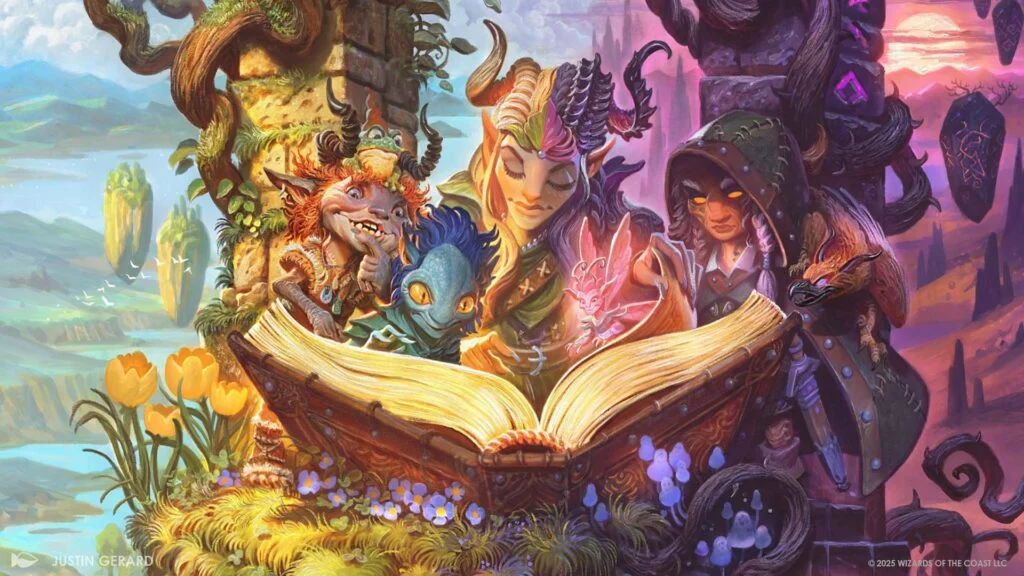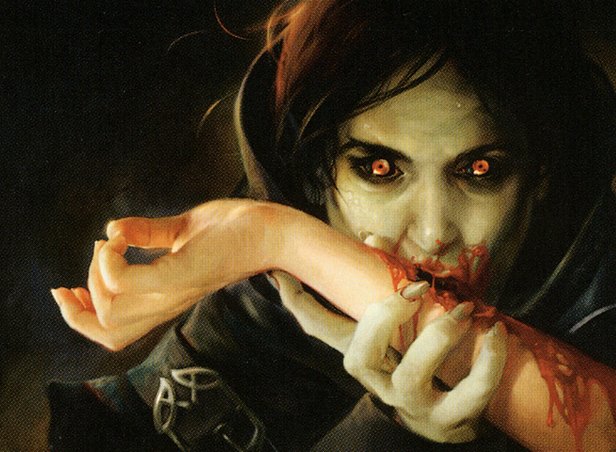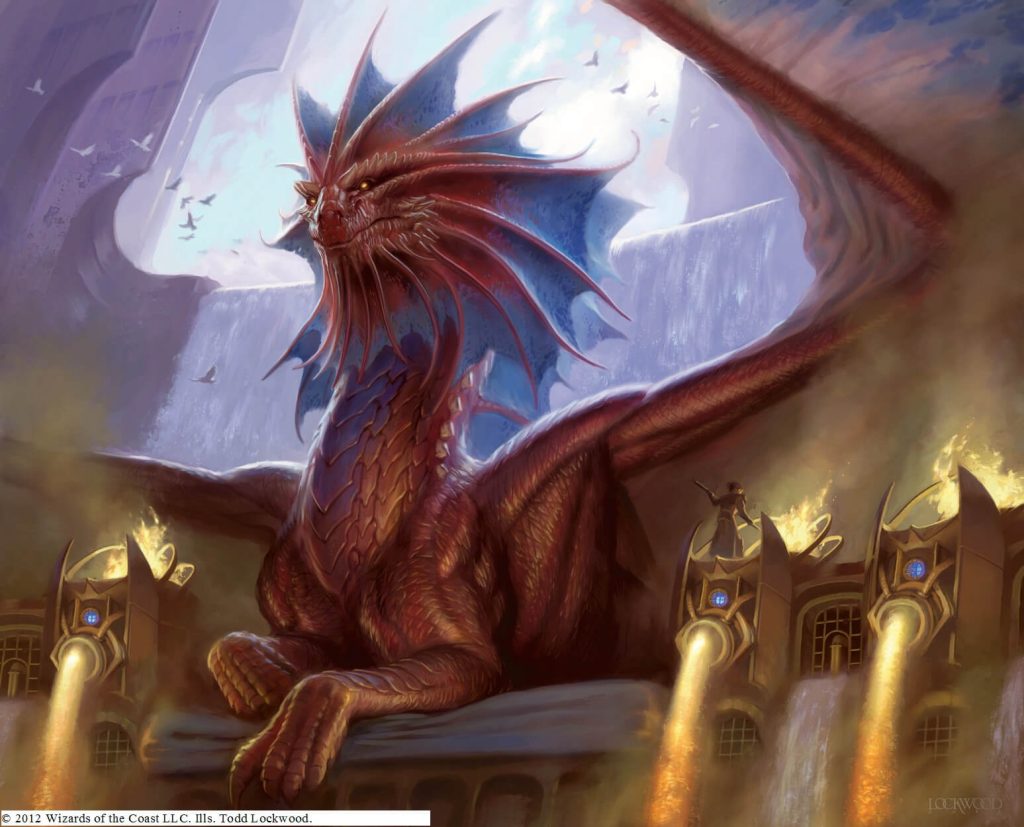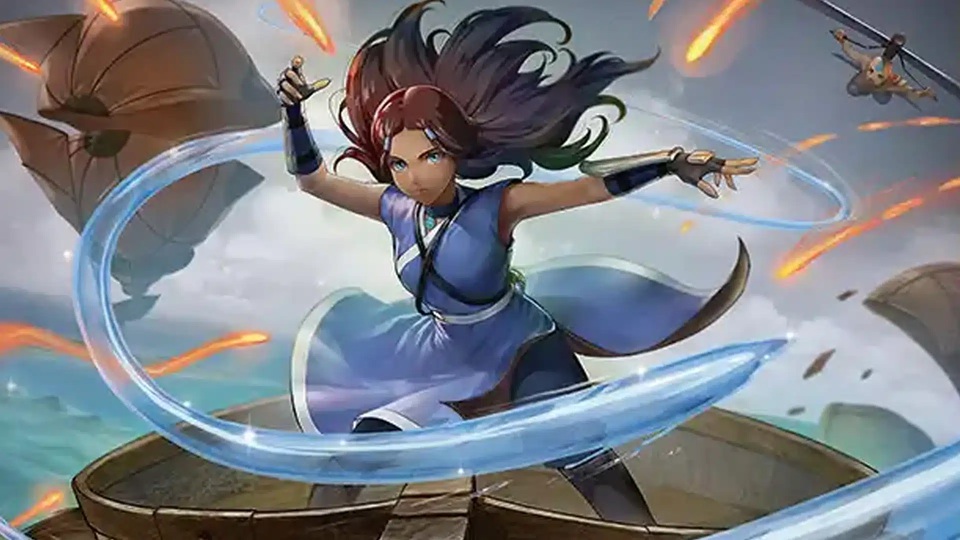
Hosting Magic: The Gathering workshops in schools and universities offers students a unique blend of fun and intellectual stimulation. The game’s deep mechanics naturally engage critical thinking, allowing participants to explore strategic decision-making in an enjoyable and low-pressure environment.
Continue reading




